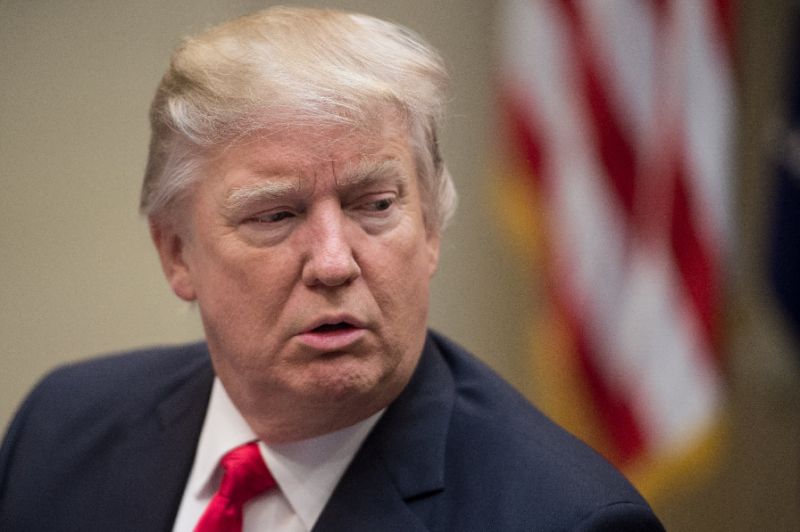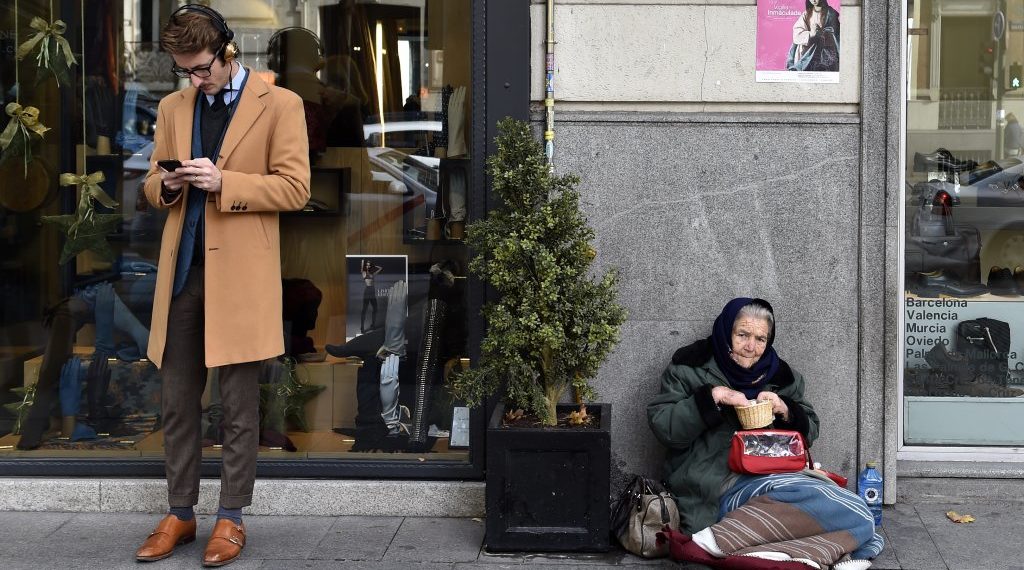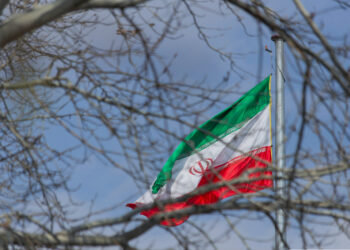One thing that nearly all observers of the American economy (and other developed countries around the world) can agree on is that income inequality has increased considerably in recent decades. The top 1 percent of households in the U.S. earned less than 10 percent of the total national income in 1980 but now earn over 20 percent. Income gains among the richest 0.01 percent of households are even more dramatic. The wage premium from having a college degree has also increased significantly during the same time.
The specter of a dynamic economy where the average income grows while those within the middle to lower economic classes see their standard of living stagnate has caused an increased focus on income inequality.
However, the sources of this increasing inequality are considerably more disputed. Two phenomena, also prominent in the last few decades, are typically cited: globalization and technological change.
Why is Inequality Increasing?
Globalization can increase wage inequality in a relatively rich country by increasing the imports of manufactured goods using predominantly low-skilled labor from developing countries. Conversely, it opens more opportunities for exports in high-tech firms that use more high-skilled labor. These two forces can widen the wage gap between high-skilled and low-skilled workers.
Technological change can also potentially increase wage inequality. Fewer secretaries, typists, or assembly-line workers are needed if computers and automation replace them in the production process. Conversely, newer technology can increase the demand for the services of, say, engineers who can service those machines.
While the two explanations are not mutually exclusive, for a long time, many economists tended to favor the technological explanation. If the trade was the stronger component of the story, then we would expect high-skill intensive industries to get bigger, while less-skill intensive industries got smaller. High-tech industries would expand as they serviced export markets. Older manufacturing industries, such as textiles, would disappear in the face of imports.
Changing Employment
While this story does explain some of what has happened to the U.S. economy, the evidence is that employment in the U.S. has changed more within sectors than across sectors. Instead of some sectors employing more workers while others employed less, each sector tended to change the composition of their workforce in the direction of more skilled workers. This observation is more consistent with the technological explanation than the globalization and trade explanation.

The policy implications are interesting. We may have some influence at the margin over globalization. Indeed, part of President Donald J. Trump’s agenda, both as a candidate and in office, has been to negotiate “fairer” trade deals that would likely have the effect of decreasing international trade. Reducing the rate of technological development, however, is a policy choice that would strike most politicians as neither feasible nor desirable.
The analysis above views trade and technology as competing explanations of wage inequality. However, a line of research that has developed over the last decade suggests that they may, in fact, be complementary. Dating back to a model developed by economist Marc Melitz in 2003, recent research has focused on how trade may disproportionately benefit the most technologically advanced firms.
The upshot of this literature is that international trade presents more opportunities for the most productive firms in an industry. As trade barriers fall, high-productivity firms will be best positioned to take advantage of markets overseas. However, less-productive firms will likely be crowded out of an industry due to the expansion of their more productive competitors as well as imports. As a practical matter, “high-productivity” firms typically have disproportionately more high-skilled workers and high-tech capital than less productive firms.
Thus, while an industry does not necessarily need a change in its overall level of employment, exposure to international trade might change the composition of its employment. More trade tends to benefit the firms that employ the most high-skilled workers while hurting their less-skilled counterparts.
Regional Inequality
Also receiving attention in recent research is the extent to which some of these trade-induced changes can create regional inequality. Pioneering work by economists David Autor, David Dorn, and Gordon Hanson has shown that increased exposure to trade with China created large and persistent shocks to areas of the United States where import-competing firms were located.
In short, the relevant question does not seem to be whether globalization or technological change is increasing income inequality in the United States. They seem to be complementary, rather than competing explanations. The more important question is what policies, if any, might address this challenge.
Globalization and technological change both pose great opportunities for the world economy. Both have helped lead to historical reductions in global poverty. However, the by-product is an economy that has become increasingly divided into winners and losers from this process. How we share this wealth will be one of our greatest challenges as a society in the coming years.
Disclaimer: The views and opinions expressed here are those of the author and do not necessarily reflect the editorial position of The Globe Post.



















